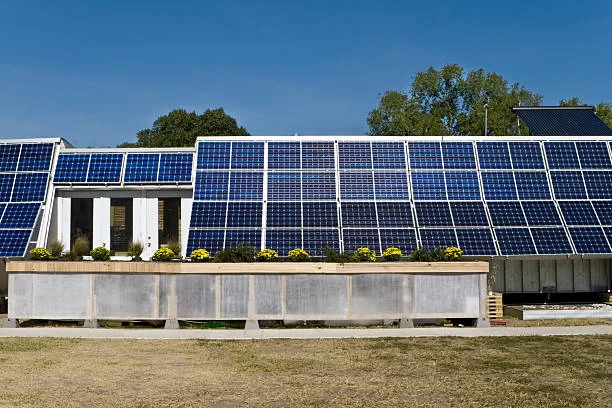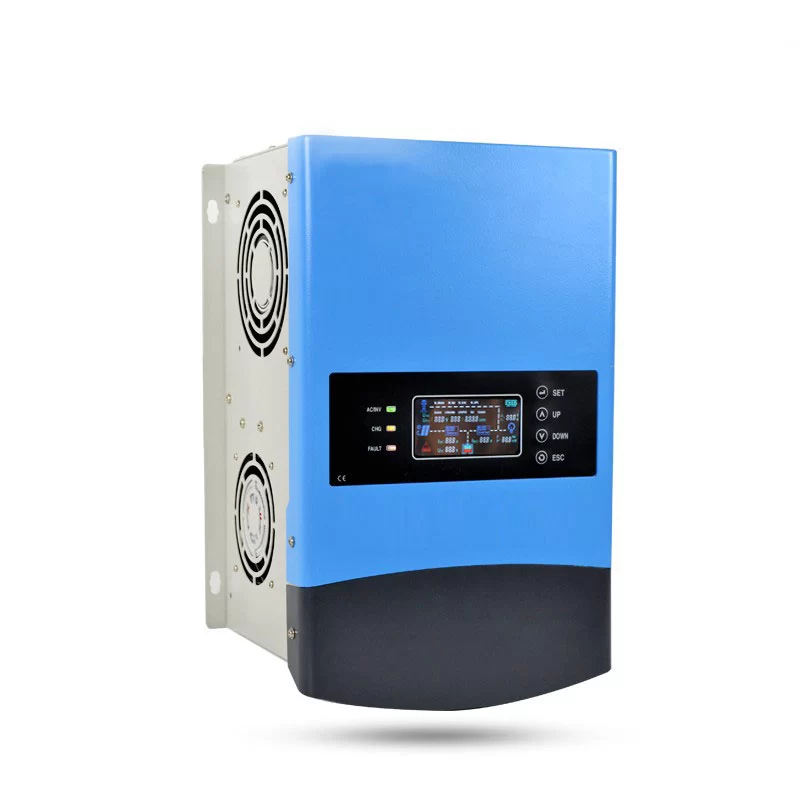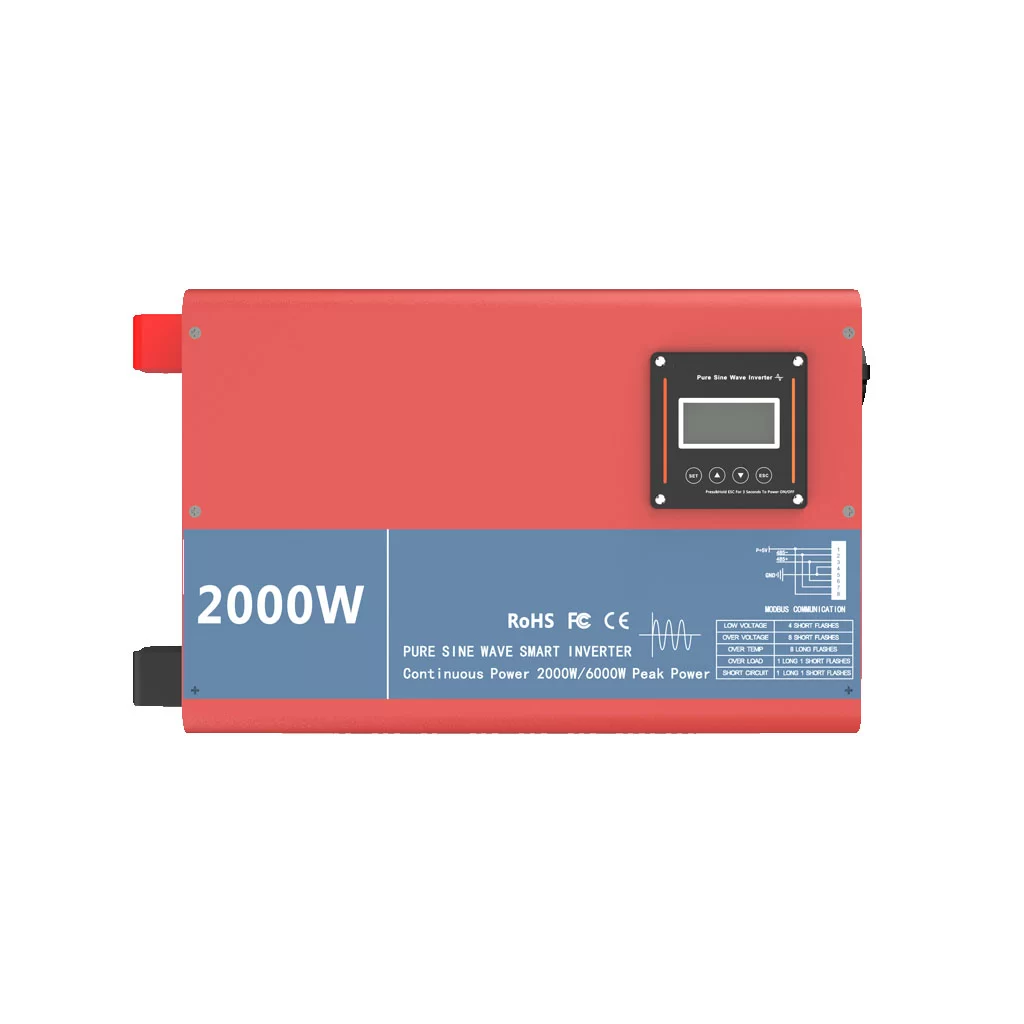Get A Quote Now!
China's Global Solar Expansion: Opportunities and Challenges in the Renewable Energy Market
In recent years, China’s solar industry has rapidly evolved, establishing itself as a dominant player in the global renewable energy market. With over 80% of the world’s solar market share, Chinese solar companies have integrated deeply into international markets, providing a vast array of products and services in over 100 countries. This growth has not only reinforced China’s position as a global leader in solar technology but also marked its expansion into areas like solar panel recycling, further ensuring sustainable practices. Despite facing international trade barriers and challenges, particularly from the U.S., China continues to explore new market opportunities in regions such as Southeast Asia, the Middle East, and even the U.S. through local manufacturing initiatives.

The Evolution of China’s Solar Industry
China’s solar journey began with reliance on imported raw materials and technologies. Over the past two decades, it has built a comprehensive domestic solar value chain, including silicon production, solar panel manufacturing, and global distribution. Chinese companies like LONGi, Jinko Solar, and Trina Solar have been at the forefront of this transformation, establishing production bases not only in China but also in regions like the Middle East and Southeast Asia to circumvent international tariffs and improve supply chain resilience.
Global Market Expansion and Trade Challenges
China’s solar industry has strategically expanded into global markets through investments in overseas manufacturing facilities. In Australia, for example, the construction of a solar panel recycling facility shows a forward-thinking approach to sustainability, establishing a closed-loop from production to end-of-life product management. Moreover, China’s solar market dominance is evident in regions like the Middle East, where companies are investing heavily in solar farms and technology centers.
However, trade barriers, particularly in the U.S., have posed significant challenges. The anti-dumping tariffs and restrictions under the 301 tariffs have complicated China’s direct exports to the U.S. market. To counter these barriers, Chinese companies have turned to Southeast Asia as a manufacturing hub, shipping their products from these facilities to the U.S., thus maintaining competitiveness in the global market.
Investment in Emerging Markets: The Middle East and Beyond
While Southeast Asia serves as a strategic middle ground, China’s solar giants are also turning to the Middle East for long-term growth opportunities. Investments in solar manufacturing plants in countries like Saudi Arabia and the United Arab Emirates are creating local production hubs that cater to both regional demand and global export needs. Additionally, China’s expansion into the Middle Eastern market aligns with its “Belt and Road” initiative, where solar energy plays a crucial role in powering developing economies and strengthening global energy security.
Addressing Future Challenges
Although China’s solar market expansion continues to thrive, it must address risks such as overdependence on a few key markets. Diversification into new regions and investment in technologies like energy storage and solar recycling will be essential for maintaining long-term growth. Equally, forging stronger partnerships with global entities and emphasizing sustainable business practices will be critical in managing the industry’s future risks and challenges.






